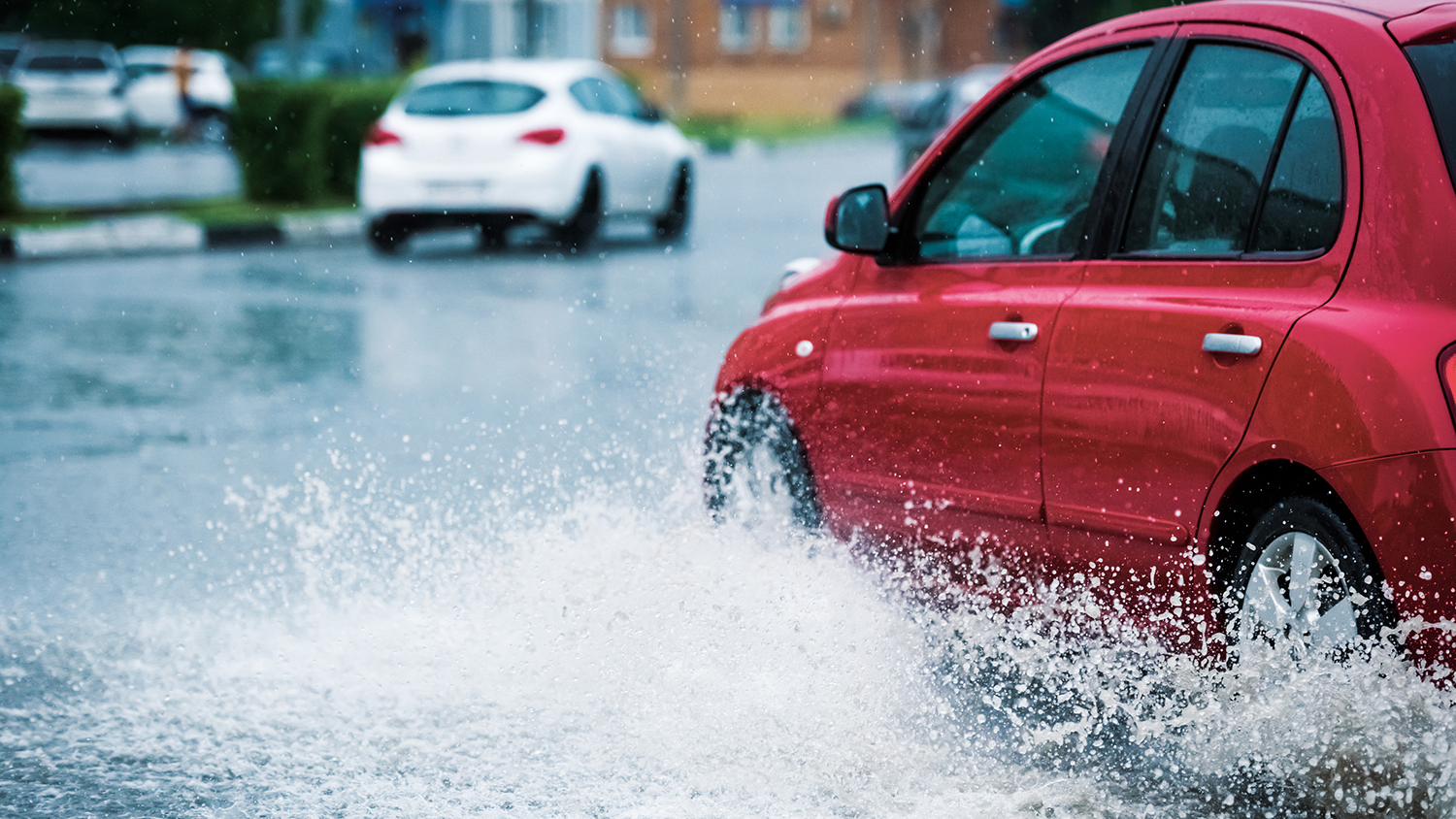
This CPD, in association with ACO, discusses water management on highways and how drainage solutions should be implemented to ensure safety, sustainability and performance.
Adverse weather conditions brought about by climate change are subjecting roadways to intense and frequent rainfall across the UK. In the face of such an erratic climate, it is more important than ever that the construction industry takes effective steps to manage water across highway schemes.
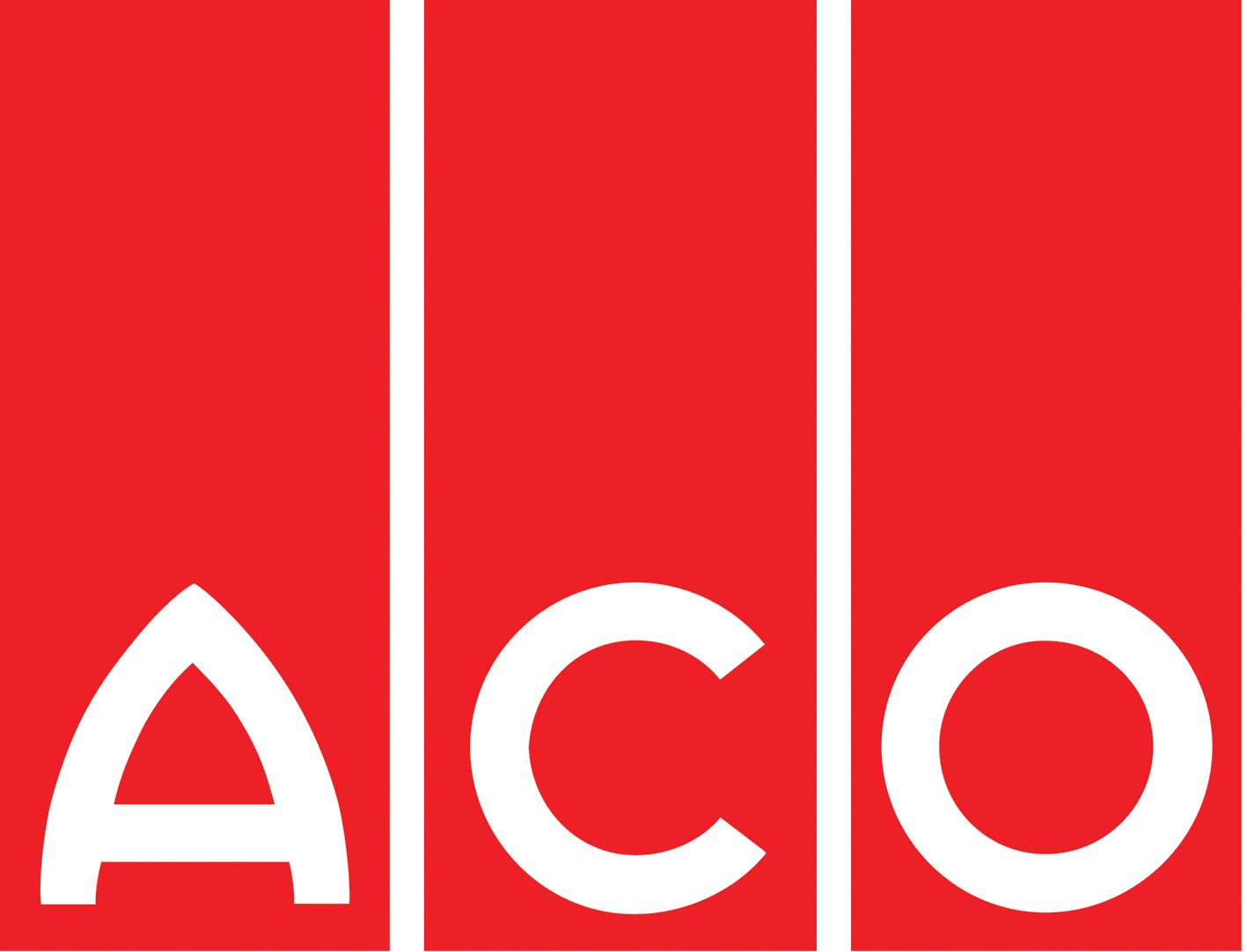
Without appropriate measures in place, rainfall events can give rise to a host of issues. As well as dangerous driving conditions and pedestrian safety risks, surface water can cause considerable damage to roads through surface deterioration.
It is with these problems in mind that construction managers must look to implement high-performance drainage systems, in order to safeguard highways and those who use them.
Standards and guidance
When considering solutions, following documented standards is critical to determining the right application. As such, the Manual of Contract Documents for Highway Works (MCHW) and Design Manual for Roads and Bridges (DMRB) should always be used as reference points. The former provides guidance on the selection of surface and subsurface types of drainage. The latter offers further detail into specific systems on the strategic road network.
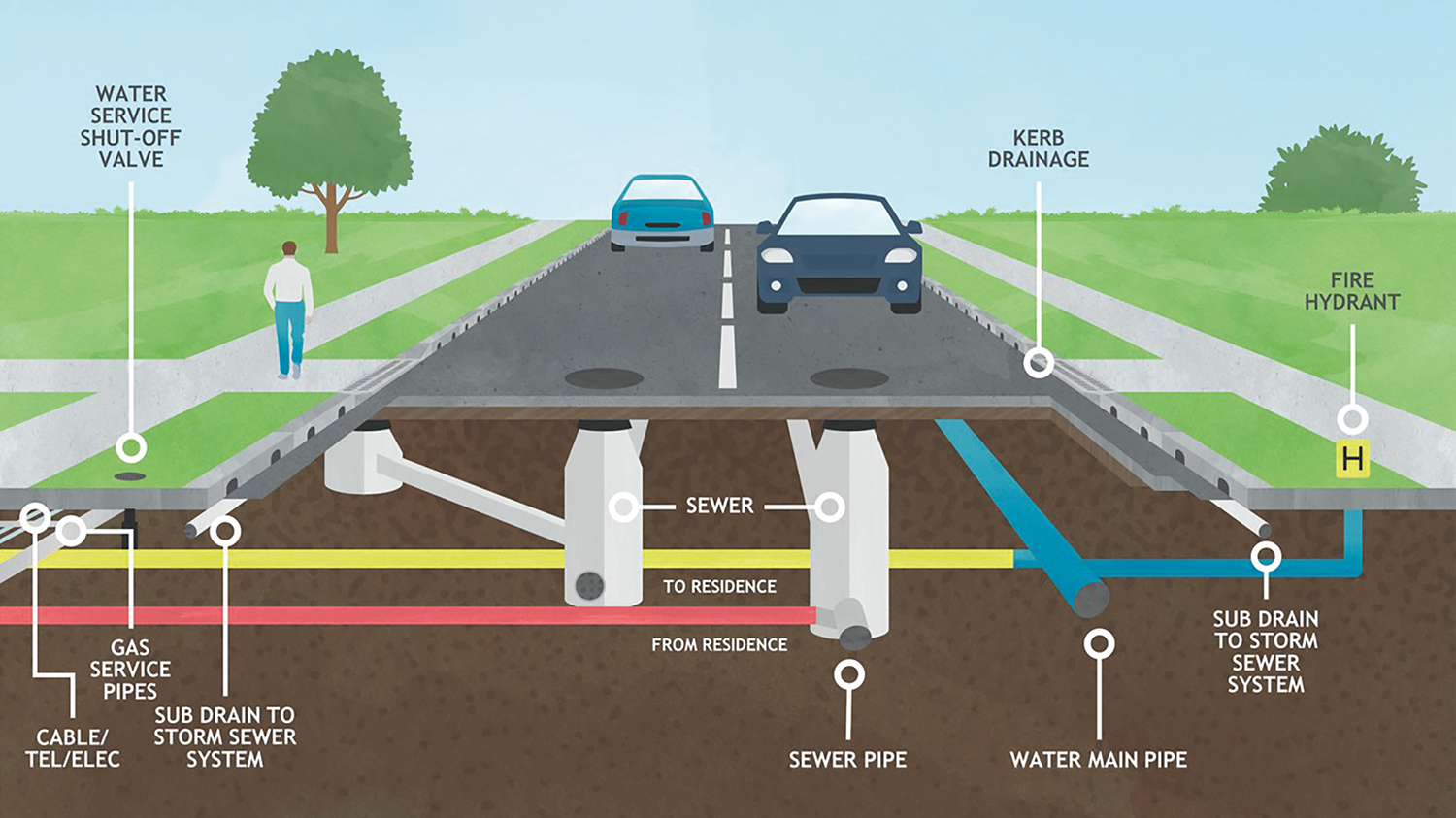
Within the DMRB, construction managers should pay particular attention to section CG501, which stipulates rainfall design criteria to be used for highway drainage systems. For all types of road drainage it requires no flooding for a one-in-five-year storm, with minimum 20% uplift in peak rainfall intensity for climate change.
At the same time, it’s worth keeping in mind that guidelines may vary depending on the location. Therefore, it is paramount that construction managers consult local authorities when approaching a highway scheme.
Equally important to note are regulatory principles for the products themselves. BS EN 1433:2002 is a key document to refer to as a standard for linear drainage channels – offering classification, design and testing requirements.
With an increasing need for sustainable drainage across industry, it is also important to consider consultation around SuDS (sustainable drainage systems). Here, The SuDS Manual (CIRIA C753) offers comprehensive guidance for planning, design, construction, operation and maintenance of water management systems.
Product application
There are a multitude of factors to take into account both in choice and design of a product application. For channel systems, National Highways and local authorities predominantly require monolithic systems. As the gratings and covers are integral with the channel, this reduces the risk of separate gratings becoming dislodged.
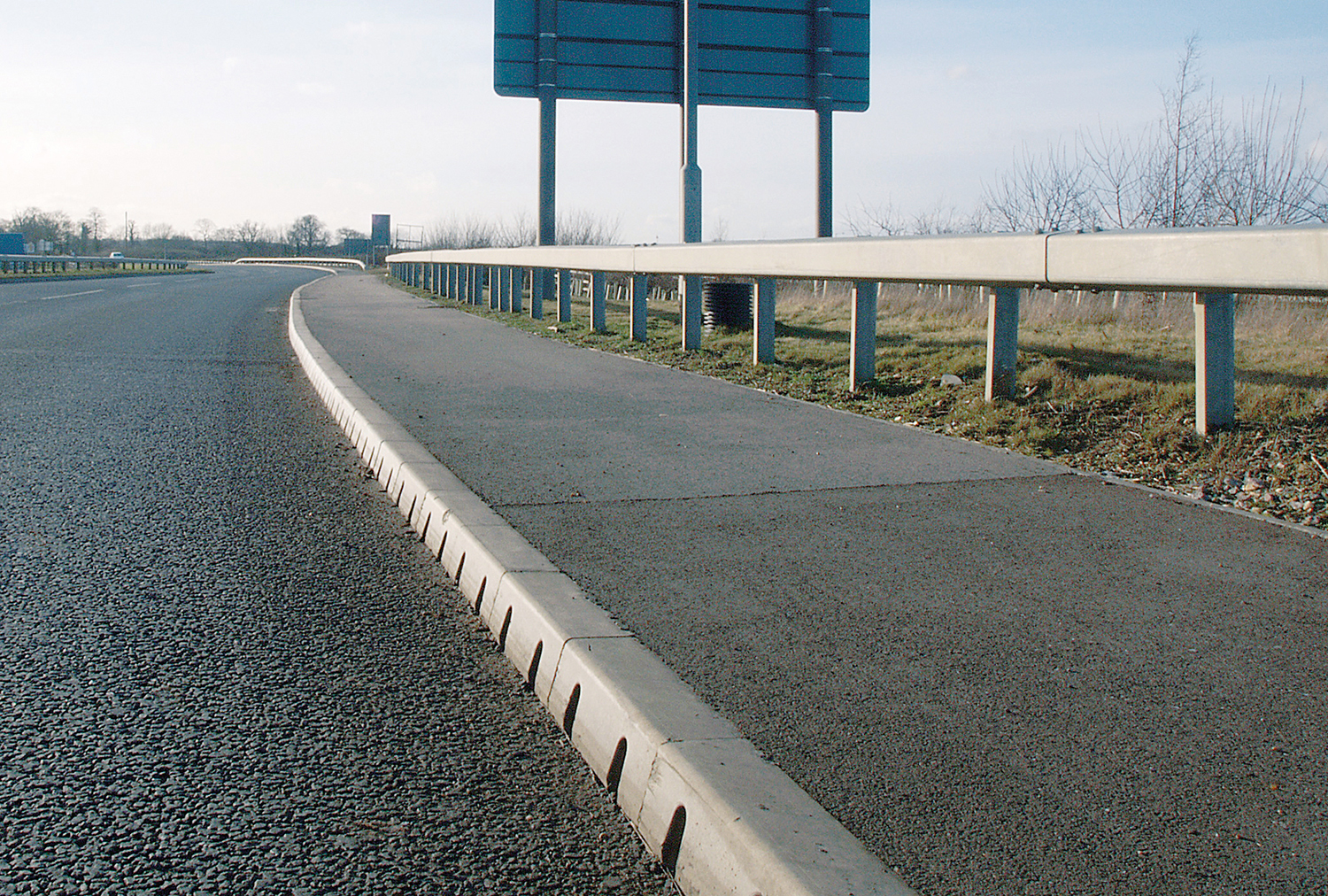

Grating widths are another key consideration for channels. As mentioned, BS EN 1433:2002 is the applicable standard here, and describes the allowable widths of gratings in their relevant locations. Pedestrian environments will require narrower channel slot widths of typically 8-10mm, while wider slot sizes up to a maximum of 42mm should be specified to reduce maintenance and risk of slot blockage for motorways.
When retrofitting drainage systems, existing infrastructure such as sewer and water pipes or fibre optic cables within the highway may pose obstacles to application. It is in these scenarios with limited space that combined drainage and kerb units and linear channels can prove to be valuable solutions. Due to their shallow profile and high invert, such systems aid installation where underground services are near
the surface.
Load class is also a critical factor in specifying these systems. As outlined in the MCHW, all drainage channels for highways must be Load Class D400. In exceptional circumstances where the application is more likely to be subject to high impact from heavy goods vehicles, Class E600 may be selected. Class C250 units can only be installed in locations which are protected from direct traffic loading, such as areas behind safety barriers.
SuDS
Controlling the quantity and quality of run-off is intrinsic to managing flood risk and preventing pollution. From here, the construction industry can create and sustain better environments for both people and nature.
With an increasing requirement for sustainable drainage, engineered and natural resources will need to be applied in tandem. Combined drainage and kerb units and linear channels are ideal applications as they facilitate a range of invert levels. Again, the comparative shallower inverts of these systems offer a high degree of functionality – when connecting to green infrastructure in this instance. Combined drain and
kerb units and linear channels enable direct integration with swales, for example.
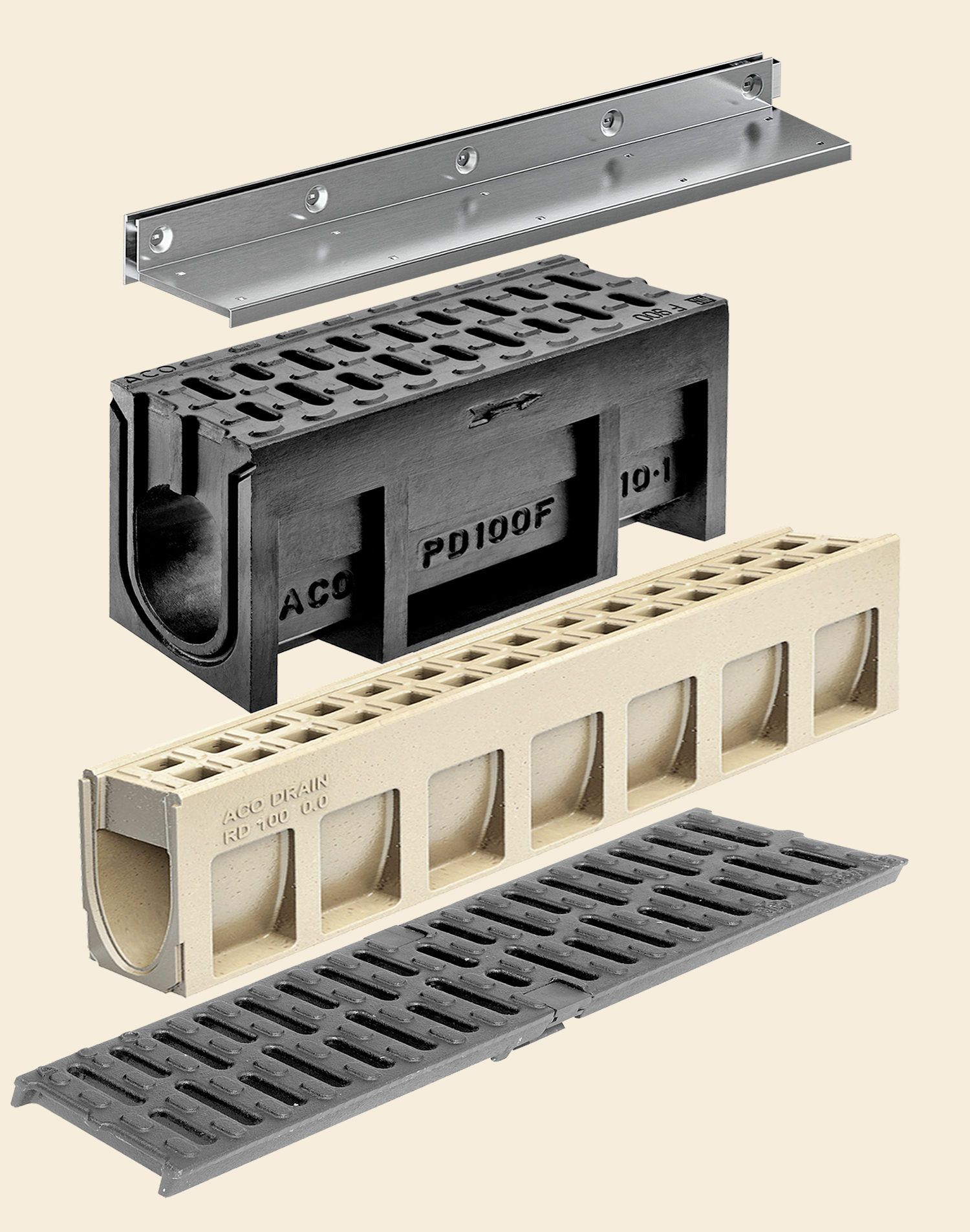
Soakaways can be set beneath grass verges adjacent to highways for returning surface water run-off from the carriageway to ground at a safe rate. Geocellular tanks may also be installed in these areas to aid in infiltrating and draining excess rainfall or to provide attenuation.
As a key element of sustainable drainage, consideration also needs to be given to future access and maintenance of systems. Here, geocellular applications are recommended for greater accessibility.
Maintenance
Maintenance is too often an afterthought in projects and tends to be the first measure cut in line with budget constraints. Keep in mind that all drainage systems will require maintenance – both in natural and engineered solutions.
You can design for maintenance through a range of means, whether this be designing the topographic area to create flow, make more access points or calculate the potential build-up of material and debris that will run off the surface into the drainage network.
DMRB CD 523 is a useful point of reference here as it gives valuable guidance on assessment of sediment deposition. ACO has also previously undertaken research in this area along with Middlesex and Cranfield universities to shed further light on the accumulation processes from road surfaces. It is with the above in mind that ACO’s online design tool, QuAD Hydraulic Design 2.0, may be used to help calculate forecast of sedimentation rate in relation to channel capacity. From here, the software can provide a guideline of how often maintenance should be carried out.

Water-jetting of combined kerb and drainage units and monolithic linear channel units should be common practice, and therefore requires access points. When doing this, pressure should be controlled to prevent water and debris spraying back out of channel slots on to the highway surface. Inspection and cleaning can be effectively carried out for geocellular systems using CCTV to navigate visually.
Conclusion
With increasingly erratic weather conditions to contend with, it is vital that the right drainage solutions are used in managing surface water across highway schemes. To this end, the construction industry will need to have a firm grasp of the guidance around such practice and look to implement correctly specified systems for sustainable performance.
It is only through these measures that transport infrastructure can be safe for both for the environment and those who interact with it.
This article has been produced by Construction Management in association with ACO.




